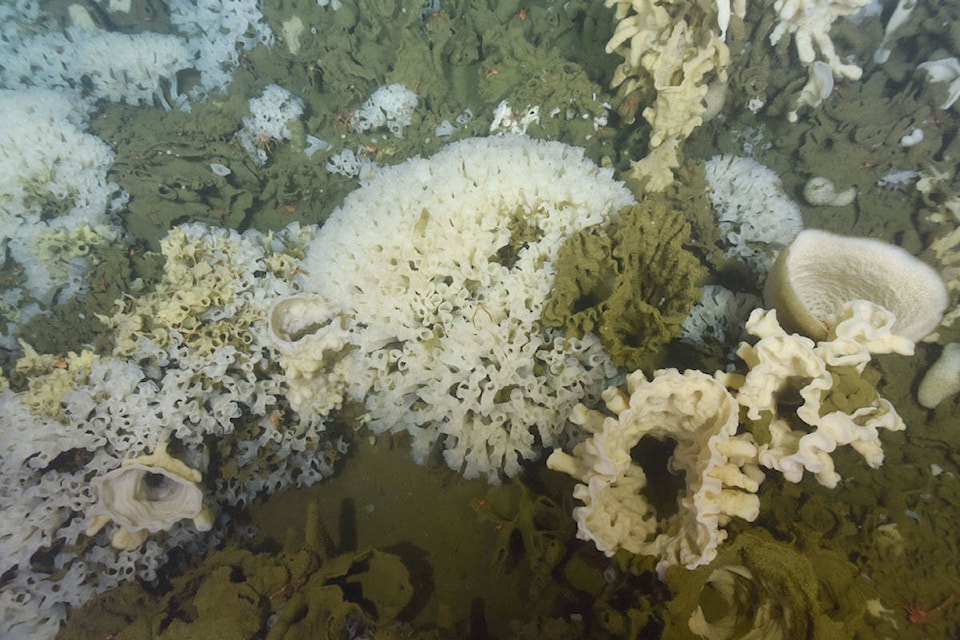Some B.C. landmarks are being added to the list of potential UNESCO World Heritage sites.
On Dec. 20, Catherine McKenna, environment minister and minister responsible for Parks Canada, announced the addition of eight new sites to Canada’s tentative list of world heritage sites.
Among those added to the list are the Hecate Strait and Queen Charlotte Sound Glass Sponge Reefs.
The glass sponge reefs were discovered in 1987 after being thought to have gone extinct 40 million years ago.
At 1,000 km2, the reefs are unique since no other glass sponge reefs of this size has been located anywhere else in the world. Six years after they were identified as a protected habitat in a marine-use plan by the Coastal First Nations in 2011, the Canadian government last year designated the reefs as a marine protected area to safeguard them as they are an important deep-sea habitat and vital to geological, paleontological and biological research.
Also on the list are Stein Valley in British Columbia, Wanuskewin Heritage Park in Saskatchewan, Anticosti Island in Quebec, Heart’s Content Cable Station Provincial Historic Site in Newfoundland and Labrador, Qajartalik in Nunavut, Sirmilik National Park and the proposed Tallurutiup Imanga National Marine Conservation Area in Nunavut, and the Yukon Ice Patches in the Yukon.
This is the update to Canada’s tentative list since 2004. Forty-two applications for new sites were received from across the country during a public process.
Those sites were reviewed by an independent committee of Canadian experts in natural and cultural heritage, including Indigenous peoples, who then recommended sites with the strongest designation potential to McKenna. The process marked the first time that members of the public were given a chance to nominate sites.
